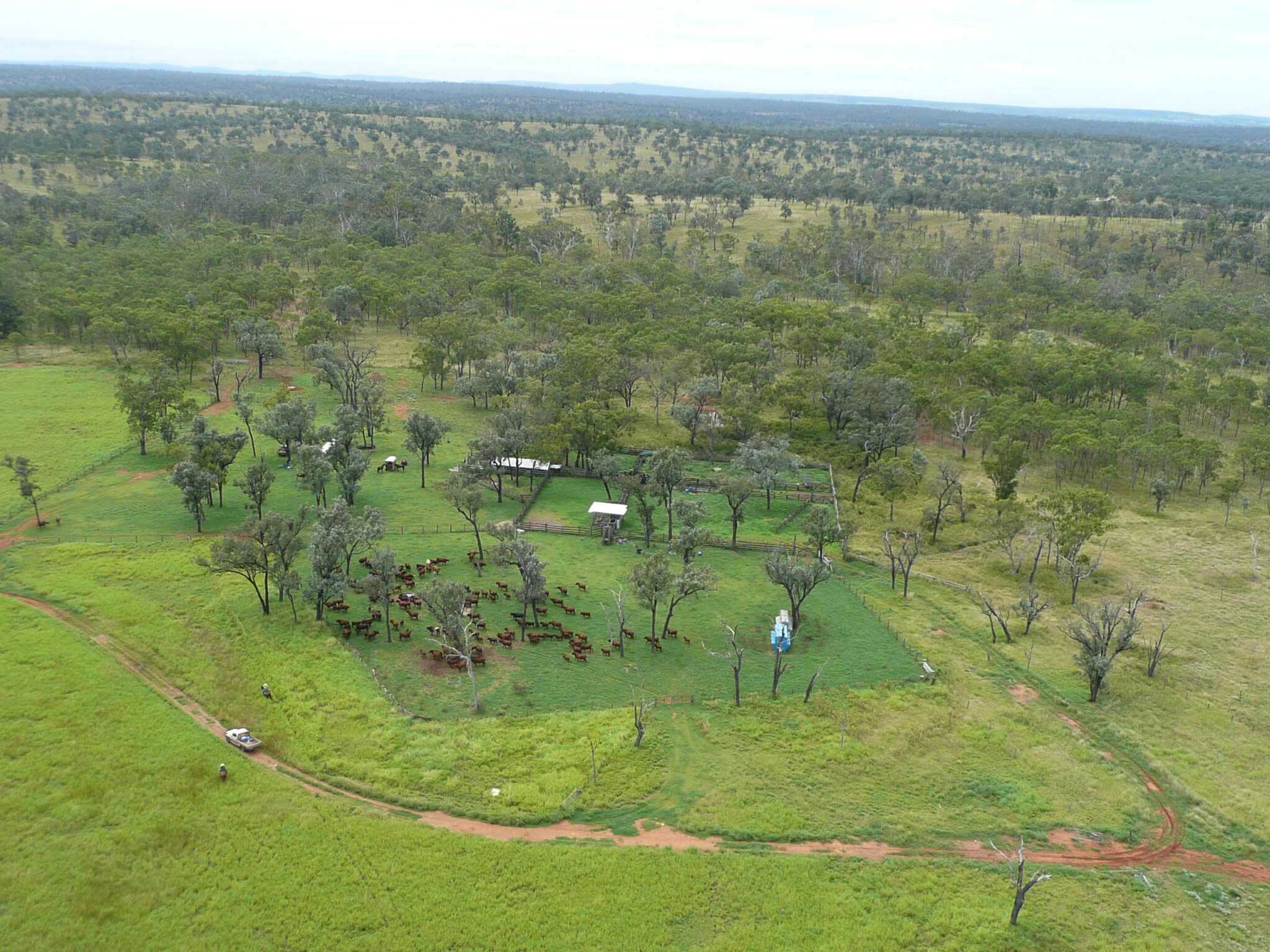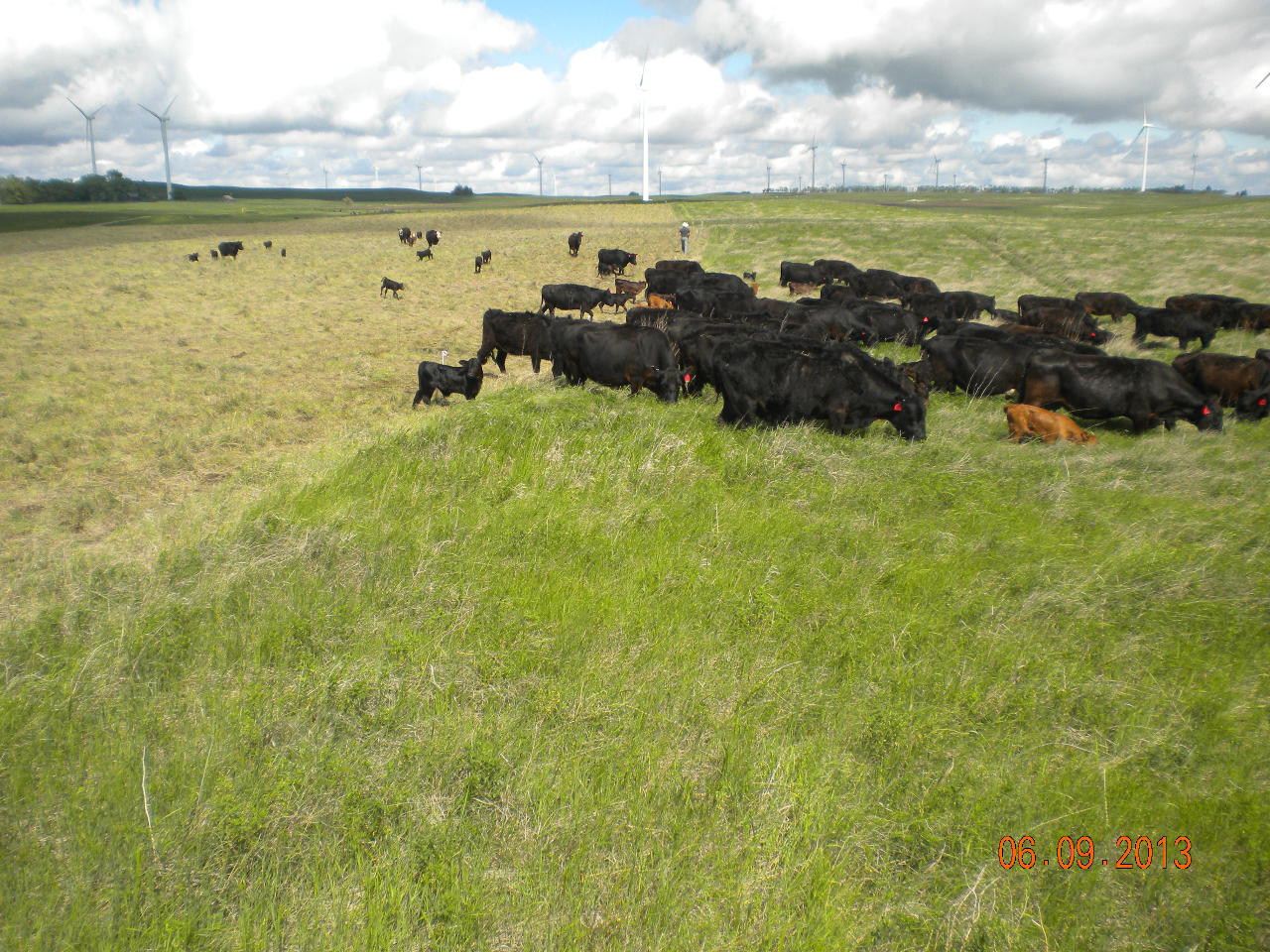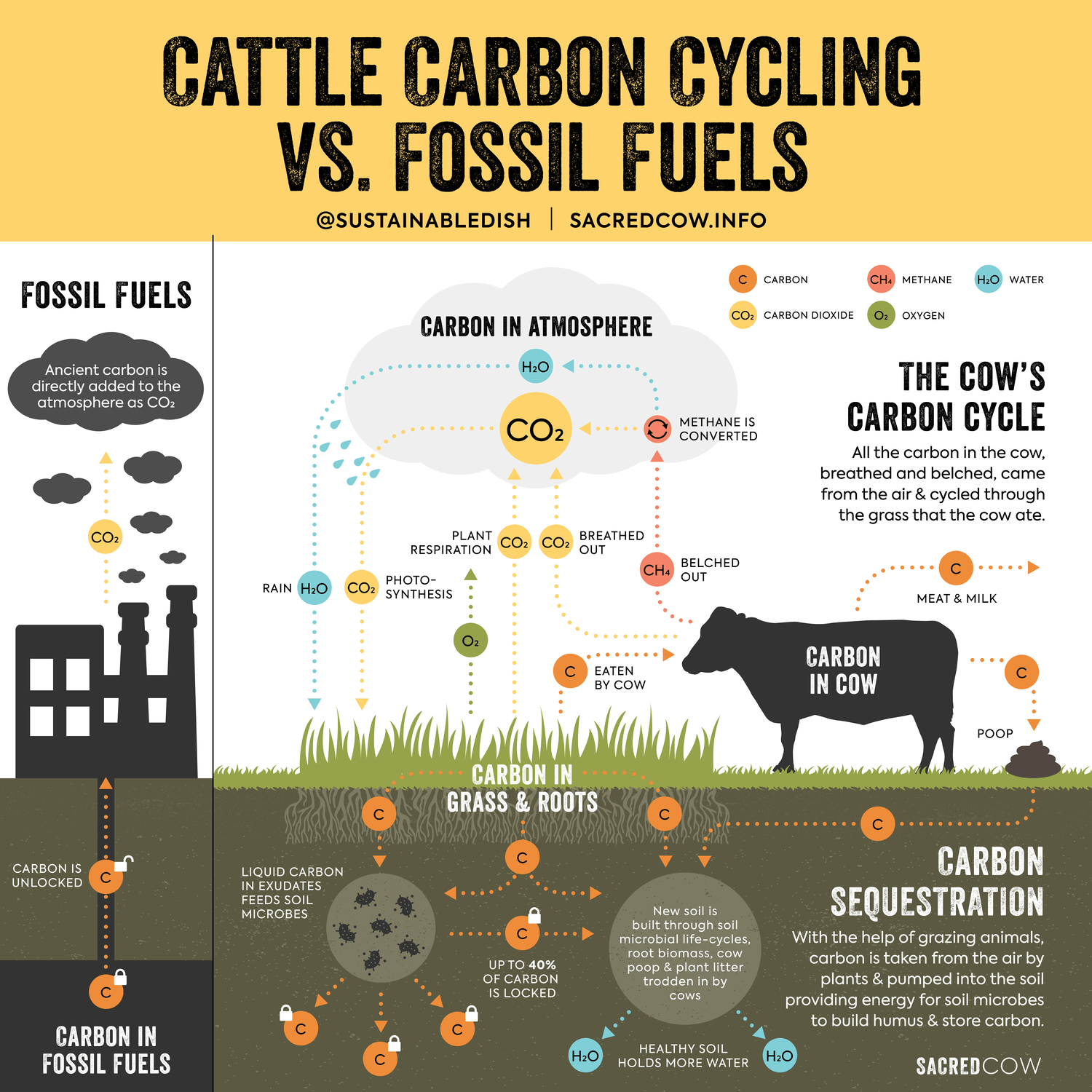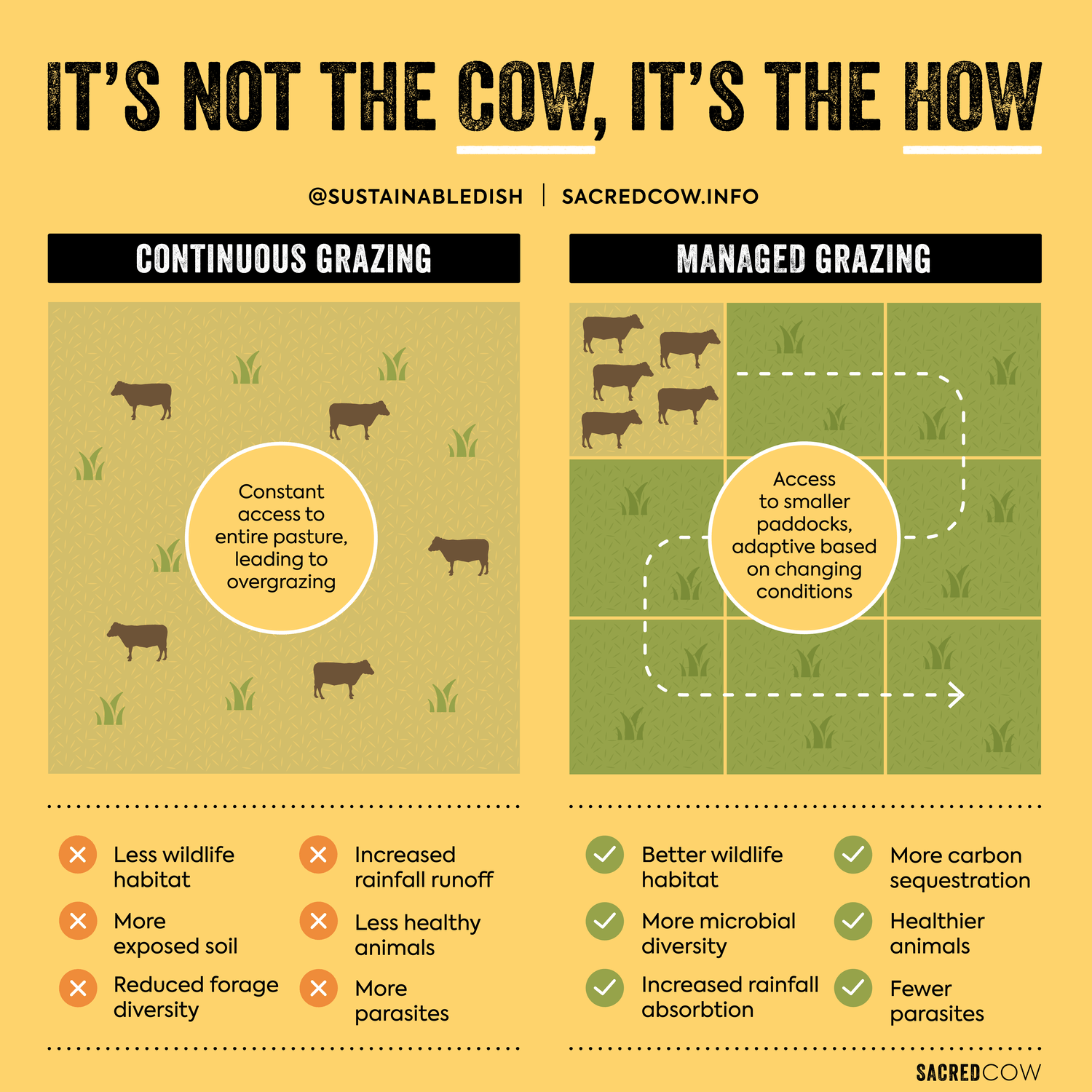INNOVATION EXPLAINED
Holistic Management (HM), developed by Allan Savory (Savory, 1999), is an adaptive and highly flexible practice. It represents a decision-making framework that emphasizes the interdependence of environmental, economic, and social wellbeing. HM and Under HM, decisions are made by focusing upon the relationships among resources (including land, wild and managed biodiversity, water, soil and other resources), people, and financial outcomes (Savory, 1999). HM focus not only on livestock and grasslands, but it takes also into account the whole ecosystem function to be maintained, wildlife needs, planning for facing drought, fire threats, cultural needs, restoration of soil health and water infiltration and retention and it encompasses far more than systematic pasture rotations (Weber and Horst, 2011; El Aich et al. 2021).
Holistic Management involves grazing for short periods, concentrate livestock at relatively high densities (rather than continuous grazing), planning recovery and adjusting stock numbers to match forage biomass (Teague et al., 2013; Jakoby et al., 2015; Savory and Butterfly, 2016; Wang et al., 2016; Peel and Stalmans 2018). These principles were conceptualized by Voisin (1959) as “rational grazing”. Stock should only be left on pasture for a short time before resting, which means larger number of smaller paddocks, which are grazed successively, and more fencing (e.g. electrical fencing) than under continuous grazing. This rotational, high-intensity short duration grazing is followed by long recovery periods that allow plants to recuperate before additional grazing is allowed (Savory and Butterfly, 2016).
In general, animals do not graze more than a few days in the same area, followed by long recovery periods of the grasslands (Savory, 2013a). In other words, in holistic grazing, the land is exposed to intense grazing pressure and large additions of manure and intense trampling during short periods. Particularly the adaptive multi-paddock grazing management (AMP) method, which is closely related to HM, uses multiple paddocks per herd with short grazing periods and long recovery periods, adaptively changed when residual biomass, animal numbers and other management elements such as growing conditions change within and between years (Teague 2018). Moreover, HM often involves cessation or reduction in chemical fertiliser use, an emphasis on native pastures instead of exotic or annual pastures, grazing rather than fire as a way of recycling soil nutrients, and monitoring pastures in order to anticipating feed availability, e.g. under periods of drought (Sherren et al., 2012). Sound financial planning, as well as the socio-cultural aspects within which it is integrally tied, are also addressed from HM and derived strategies (Savory, 1999; Weber and Horst, 2011; Briske et al., 2014; Savory and Butterfly, 2016; Teague, 2018; El Aich et al. 2021).
 |
 |
IMPACT ON FARM PERFORMANCES
Socio-economic resilience
- The adaptive approach and the value of the HM framework for goal-setting and decision-making are acknowledged and not contested (Hawkins, 2017),
- Compared with continuous grazing management, several studies have indicated superior results under AMP grazing in farm profitability (Teague and Barnes, 2017)
- AMP grazing management allowed higher net economic returns (Teague et al., 2011), gave the best economic results and lower income variability (Jakoby et al., 2015).
- Higher economic profitability for ranchers (Teague et al., 2011; Teague and Barnes, 2017; Jakoby et al., 2014, 2015, Teague 2018).
- Cell Grazing methods (closely related to HM methods) increased business profitability in several farms (McCosker, 2000).
Animal health and welfare
- Less calf mortality (Alfaro-Argüello et al., 2010).
- HM approach enabled producers to mitigate the impacts of Bovine Spongiform Encephalopathy in their communities (McLachlan and Yestrau 2009).
Production efficiency and meat quality
- Positive outcomes of AMP grazing methods: increased primary and secondary productivity, improved forage utilization and animal productivity, restoration of preferred herbaceous species that were harmed by previous grazing practices (Delgado et al., 2011; Teague et al., 2011, 2013; Teague et al., 2016, in Sherren et al 2012).
- Higher plant biomass and quality compared with continuous grazing (Hawkins, 2017);
- AMP grazing management allowed more livestock to be carried in the farm, (Teague et al., 2011).
Environmental sustainability
- HM: Positive long-term effects on ecosystem services, enhancing the sustainability of livestock and wildlife through improved vegetation composition and cover and soil health (Peel and Stalmans, 2018);
- HM: positive impact on emergy resource use indices (Alfaro-Argüello et al., 2010)
- HM farmers demonstrated having a strong position to adapt to climate change (Sherren et al., 2012).
- HM intense grazing pressure and large additions of manure and intense trampling during short periods is is considered to contribute to more extensive cover of dead plant material on the ground which helps to reduce evapotranspiration and increases accumulation of organic matter in the soil; the breaking of the hard soil crust; germination of seeds and faster turnover of dead plant material. This is in turn considered to result in increased soil humus content (and therefore soil carbon); increased ability of the soil to infiltrate and retain water (Savory, 2008; 2013a; 2013b; Savory Institute, 2014b) (in Hawkins 2017, El Aich et al. 2021.
- The perennial pastures that are encouraged through HM practices have been shown to hold more soil carbon (Sanjari et al., 2008; Teague et al., 2011, in Sherren et al 2012), contributing to the carbon sequestration. The same for low tillage practices to return and maintain carbon in the soil (Flannery, 2010) and less chemical fertiliser and less tillage, resulting directly in lower carbon emissions (in Sherren et al 2012).
- AMP grazing has been successfully applied in areas with annual rainfall ranging from 250 to 1,500 mm to achieve effective resource regeneration and provision of ecosystem services (Teague 2018).
- Compared with continuous grazing management, several studies have indicated superior results under AMP grazing in ecosystem improvement and productivity (Teague and Barnes, 2017): higher soil organic matter, cation exchange capacity and primary and secondary productivity (Teague et al., 2011); improved plant composition, decreased invasive plant levels, increased soil carbon stocks through the soil profile, but not on all types of soils (Hillenbrand et al., 2019, on the 777 Bison Ranch), and increased soil carbon sequestration in C4 but not C3-dominated grasslands (McSherry and Ritchie 2013). Teague et al. (2011), working in a mesic rangeland observed an increase in soil organic carbon under multi-paddock at heavy stocking rate versus continuous at light stocking rate only when soil depths from 0 to 90 cm were pooled. In general, rotational grazing had greater Soil Organic Carbon (SOC) than continuous grazing and this positive responses of SOC to rotational grazing could create climate change mitigation opportunities (Byrnes,2018). Stanley et al. (2018) indicated that AMP grazing has the potential to offset GHG emissions through soil C sequestration in the beef finishing phase compared with feedlots, challenging existing conclusions that only feedlot-intensification reduces the overall beef GHG footprint through greater productivity. Model assessments reported that AMP grazing management resulted in improved hydrological function compared with continuous grazing (Schwarte et al., 2011).
- Further positive outcomes of AMP grazing methods: reductions in overgrazing and soil erosion, increased soil organic carbon, which might reduce net GHG emissions (Delgado et al., 2011; Teague et al., 2011, 2013; Teague et al., 2016) (in Sherren et al. 2012). Improvement of soil fertility, water-holding capacity (Teague et al., 2011; Teague and Barnes, 2017; Jakoby et al., 2014, 2015) (in Teague 2018). Positive shifts in soil microbial and biological community composition, carbon cycling, and nitrogen cycling following improved management are strongly related to the restoration of soil carbon and fertility in grasslands (Altieri, 1999; Van der Heijden et al., 2008; Nielsen et al., 2011; De Vries et al., 2012 (in Teague 2018). Chaplot et al. (2016) acknowledge that the increase in soil carbon stocks in either fertilized grassland or as a result of grazing is likely the application of nutrients to the soils which increase biomass production and hence cause larger input of carbon to soils. Chaplot et al. (2016) also highlights hoof action as an important mechanism; the trampling of the animals breaks impermeable crusts often found on bare soil; fattens the grass and puts dead plant material in contact with decomposer bacteria and invertebrates in the soil, which is in line with Savory’s claim (Nordborg 2016). Griscom et al. (2017) identified AMP grazing as a potentially important climate change mitigation strategy, but were unable to include it in their analysis due to lack of robust data (Sherren et al 2012).
- Research provided evidence of improved plant species composition and soil quality under IRG management practices compared to continuous grazing (Teague et al., 2011).
- Cell Grazing methods (closely related to HM methods) improved soil, rainfall use efficiency and biodiversity in several farms (McCosker, 2000).
 |
 |
FURTHER INFORMATION
There are several HM closely associated grazing systems, such as adaptive multi-paddock grazing management (AMP), Holistic Planned Grazing (HPG), intensive rotational grazing (IRG), cell grazing (CG) and high-density-short duration grazing system (HDG) (El Aich et al. 2021). Other terms are: rapid rotation, time-controlled, holistic grazing, planned grazing, prescribed grazing, management-intensive grazing, rest–rotation, deferred rotation, high frequency–short duration, season-long, intensive short-duration, multi-paddock, and Savory grazing (Nordborg 2016).
It should be noted that systematic review studies on HM practices are complicated by terminology (McCosker, 2000; Teague et al., 2013; Briske et al., 2011). A wide range of terms are used, as there is no clear definition what the different terms actually mean, sometimes different terms are used for the same system or the same term is used for different systems (Briske et al., 2011).
An overview of different grazing systems and how they relate to holistic grazing is given in McCosker (2000), Nordborg 2016. All these systems have in common a systemic view, a regenerative approach, and that they focus on better managing the spatio-temporal aspects of grazing.
While the adaptive approach and the value of the HM framework for goal-setting and decision-making are not contested (Hawkins, 2017), several studies have found negative or lack of effects of HM and related practices. For example, HM management did not change the animals selection for particular plants, nor daily gain compared with season-long grazing (Venter et al., 2019). Badgery et al. (2017) pointed out that implementation of IRG systems can decrease per-head animal performance. Briske et al. (2008) found not improvements in forage quality or livestock production, plant species composition or soil surface characteristics in a majority of comparisons between IRG and continuous grazing. HDG system compared with lighter rotational or no grazing indicated more compacted soils and promoted grass unpalatable species, damaged most forb species and increased mortality of grazing-sensitive species (Chamane et al., 2017) or no consistent patterns (Loeser et al., 2000). According to Briske et al. (2014), insufficient experimental evidence exists to support the occurrence of consistent ecological benefits of IRG practices relative to less intensive grazing strategies (in El Aich et al. 2021).
The claim that HPG can reverse climate change through the sequestration of carbon into complex, stable organocarbons and grass roots (Savory 2013a; Sacks et al. 2014) is also controversial. The idea that animals break the ‘soil cap’ with their hoofs, resulting in the incorporation of urine, dung, seeds and litter with subsequent increased microbial activity and carbon sequestration (Sacks et al. 2014), is yet to be thoroughly tested. The controversial claims around increased carbon sequestration under HPG have been disputed by most existing peer-reviewed studies (Teague et al. 2011; McSherry and Richie 2013 [C3 grasses]; Badini et al. 2007; Sanjari et al. 2008). Following Briske 2014, the majority of experimental evidence indicates that grazing strategy has a minimal effect on carbon sequestration, especially in arid and semiarid rangelands where rainfall is a major driver of sequestration, and rangelands act as weak carbon sinks in wet years and weak carbon sources in dry years (Svejcar et al., 2008; Ingram et al., 2008; Zhang et al., 2010; Booker et al., 2013). In a study comparing the long-term effects of HDG with those of rotational grazing systems at lower densities (LDG) in two sites, total carbon did not differ between HDG and LDG in either study site (Chamane et al. 2017). Allen et al. (2013) and Cowie et al. (2013) found no clear evidence for greater soil organic carbon under IRG compared to continuous grazing. Badgery et al. (2013) undertook a comprehensive survey of soil organic carbon across different management histories in grasslands of southeastern Australia (600–900 mm annual precipitation) and found no difference between set stocking (akin to continuous grazing) and rotational grazing in 36 comparisons. They found that pasture productivity was a more important driver of soil organic carbon than grazing strategy. Similarly, recent research in the Northern Tablelands of New South Wales (Cowie et al., 2013) and in northeastern Australia (Allen et al., 2013) found no clear evidence for greater soil organic carbon in IRG compared to continuous grazing. Topsoil soil organic carbon stocks did not increase in the IRG treatment over a 5 years study compared to continuous grazing (Schatz 2020), however, the authors acknowledge that the findings of their study may not apply to other pasture systems and environments. Sanjari et al. (2008) found a non significant trend for SOC to increase under IRG over 5 years on a sheep property in south-eastern Queensland and hypothesised that a longer time may be needed for a significant difference to become apparent. Sanderman et al. (2015) did not find differences in mean SOC stocks between pairs of rotationally and continuously grazed paddocks in South Australia. Reeder and Schuman (2002) stated that current literature suggests no clear general relationships between grazing management and carbon sequestration, and Bray et al. (2016) stated that the response of SOC stocks to different grazing-management strategies has been inconsistent with negative, positive and negligible responses found (in Schatz 2020).
The high variability in the results reported may be due to different climates, soil and vegetation types, approaches and scales used (i.e., real commercial farms complex landscapes long term studies versus controlled limited-scale short term experimental studies), the use of similar –but not identical- types of management (HM, AMPG, IRG, HDG, CG), and disciplines (Briske et al., 2014, Sherren and Kent, 2017; Teague and Barnes, 2017) (in El Aich et al. 2021). Sherren and Kent (2017) suggested that an integrative work that combines social science and management, environmental scholars and experimental scientists is necessary to overcome the existing polarization in the literature (El Aich et al. 2021).
https://ec.europa.eu/eip/agriculture/en/find-connect/projects/bovine-beef-innovation-network-europe